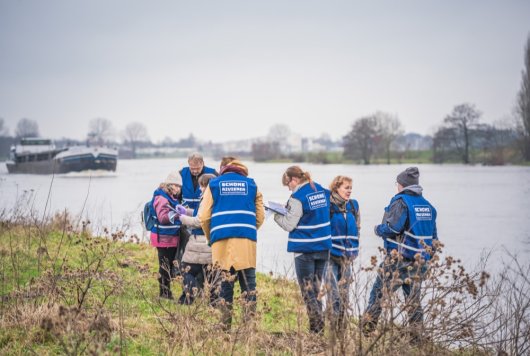Bottles, caps, strings, food packaging: rivers carry all kinds of waste. In an extensive study conducted by Wageningen University & Research and the North Sea Foundation, volunteers gathered and analysed over 150,000 items of litter found along the Meuse and the Rhine. The dataset the civilians citizens created is the largest in the Netherlands to date. This huge stream of information will allow researchers to gain insight into the source and distribution of plastic waste in rivers.
Plastic waste in rivers causes problems for humans and the environment throughout the world. In an extensive study conducted by Wageningen University & Research and the North Sea Foundation, volunteers gathered and analysed over 150,000 items of litter found along the Meuse and the Rhine. The dataset the citizens created is the largest in the Netherlands to date. This huge stream of information will allow researchers to gain insight into the source and distribution of plastic waste in rivers.
Much data needed
According to Tim van Emmerik, Assistant professor at the Hydrology and Quantitative Water Management group, the focus has been on plastics in the ocean in recent years. 'But pollution starts elsewhere. We must learn more about waste in rivers, and to this end, we need lots of data.' Over the past years, research has been conducted on garbage on riverbanks within the Clean Rivers Project, an initiative of IVN Nature education, Plastic Soup Foundation and the North Sea Foundation. The data were analysed extensively by Wageningen University & Research (WUR) in collaboration with the North Sea Foundation.

Volunteers of the Clean Rivers Project studied waste in more than 200 locations along the Meuse and the Rhine twice a year. Subsequently, they classified the objects in one of 110 categories according to the River-OSPAR-protocol, such as "bottle", and "food packaging". Between 2017 and 2019, volunteers gathered a staggering 152,415 objects. Thus, they contributed to creating the largest river waste dataset ever in the Netherlands.
The Biesbosch and border areas
Based on the data gathered, Van Emmerik and colleagues recognise several patterns. The majority of waste consists of small pieces of plastic, which indicates that it has been drifting around for a significant amount of time and breaks down into smaller pieces gradually.






